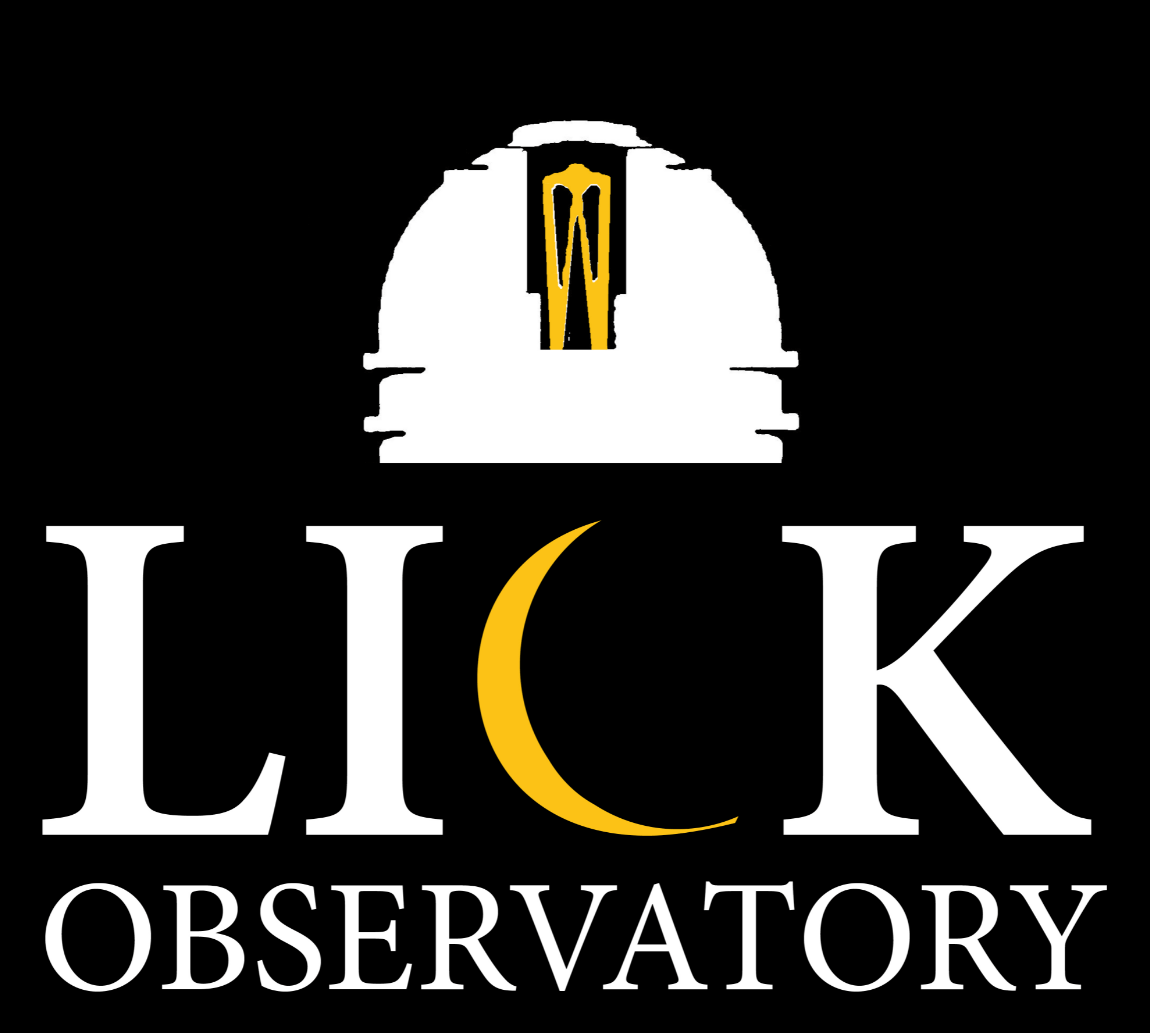Music of the Spheres – August 9th, 2025 8:00pm
Performer: Charged Particles
Lecture: A New Era of Exoplanet Characterization: Hunting for Water Worlds
Astronomer: Dr. Artem Aguichine
Program Information
| 7:00 pm | Doors Open | |
| 8:00pm | Concert in Visitor Center | |
| Lecture Hall | 36-inch Great Refractor Dome | |
| 9:00 pm | Science Talk | Telescope Viewings |
| 10:00 pm | Science Talk (repeated) | Telescope Viewings |
| 1:00 am | Doors Close | |
Observing passes are handed out when you check in at the door so please plan to arrive early!
Observing only ends when everyone has had a chance to look through the telescope.
Gift shop is open from 7:00pm until 11:00pm.
Charged Particles

The most exciting and creative music being made today crosses stylistic boundaries and blends diverse traditions to create engaging new sounds. Charged Particles features three of the country’s virtuosos doing just that in the acoustic and electric jazz arena. Murray Low is a keyboard wizard with dazzling Latin-jazz technique and imaginative improvisational skills. Aaron Germain is an inventive and sophisticated acoustic and electric bassist. Along with fiery drummer Jon Krosnick, these players are making some of the most electrifying jazz in the country today.
The trio’s funky Latin jazz repertoire, blending in elements of classical music, mixes complex orchestration with freewheeling improvisation. The band brings a similar approach to playing their own arrangements of jazz standards, each played with a new twist.
Learn more about Charged Particles at https://www.chargedparticles.com/
Science Lecture
A New Era of Exoplanet Characterization: Hunting for Water Worlds
More than 5,800 exoplanets have been discovered so far, but what do we really know about these distant worlds? With key missions like Kepler and telescopes such as Keck, we have become adept at measuring basic properties of exoplanets, but unraveling their true nature remains a thrilling challenge. Based on theoretical models of planet formation, evolution, and structure, astronomers predict a vast array of planetary compositions. Even more exciting, the most common category of exoplanets—sub-Neptunes—could be “water worlds,” resembling scaled-up versions of icy moons like Europa and Titan.
Astronomy is now entering a transformative new era with JWST, whose groundbreaking observational techniques are unveiling the complex nature of these sub-Neptunes. Transmission spectroscopy observations have already started to reveal molecular signatures in exoplanet atmospheres, shedding light on their interiors and compelling us to refine our models. From transit to transit spectroscopy, join me to learn how these recent JWST results have transformed our view of exoplanet structures and compositions, and how they are shaping the hunt for true water worlds.
Looking ahead, upcoming missions such as ESA’s ARIEL and NASA’s future Habitable Worlds Observatory will take exoplanet characterization to the next level, offering deeper insights into habitability conditions and propelling the field of astrobiology forward. By uniting new observational data with advanced theoretical models, we stand on the threshold of discovering—and perhaps one day confirming—the existence of genuine water worlds beyond our Solar System.
Dr. Artem Aguichine – UC Santa Cruz
Dr. Artem Aguichine is a Postdoctoral Research at UC Santa Cruz in the Astronomy Department. He received his PhD in 2022 from the Laboratoire d’Astrophysique de Marseille. His work focuses on the theory of planet formation, structure, and evolution.

Telescope Targets
Tonight’s guests will have the chance to observe:
Great 36″ Refractor
Objects chosen each evening
Nickel 40″ Reflector
Wild Duck Cluster
Outside Telescopes
More telescopes will be available outside looking at galaxies, star clusters, and more!

Featured Observatory Volunteers & Staff
Host
James Eriksen – Lick Observatory Superintendent
Nickel Reflector Control Room
Leslie Dickinson
Great Refractor Operators
Rick Baldridge
Sean Ramprashad
Nickel Reflector Operator
Patrick Maloney
Thanks to all of our volunteers for making this evening possible!
Tips and Additional Information
Snacks and beverages are available at the refreshment table in the main foyer. All proceeds help support the public programs. In the past, we have used proceeds to purchase an Automated External Defibrillator (AED), additional wooden benches in the main building, new speakers and amplifiers for the main building hallway, and partial funding of two spotting telescopes by the flag pole.
Your experience at the telescopes will be better if your eyes have had an opportunity to adjust to the dark. For this reason, we try to keep the light levels low in both wings of the main hall.
Please refrain from use of flash photography or white light flashlights in the domes or adjoining hallway.
We strive to make your visit as complete and meaningful as possible. Please let us know if you will need special assistance (for example, if you will have difficulty climbing stairs) by emailing tickets@ucolick.org, so we can make the necessary arrangements.
All of Lick Observatory’s public programs are greatly enhanced by the valuable participation of our many dedicated volunteers.
Interested in volunteering? Learn more here!
